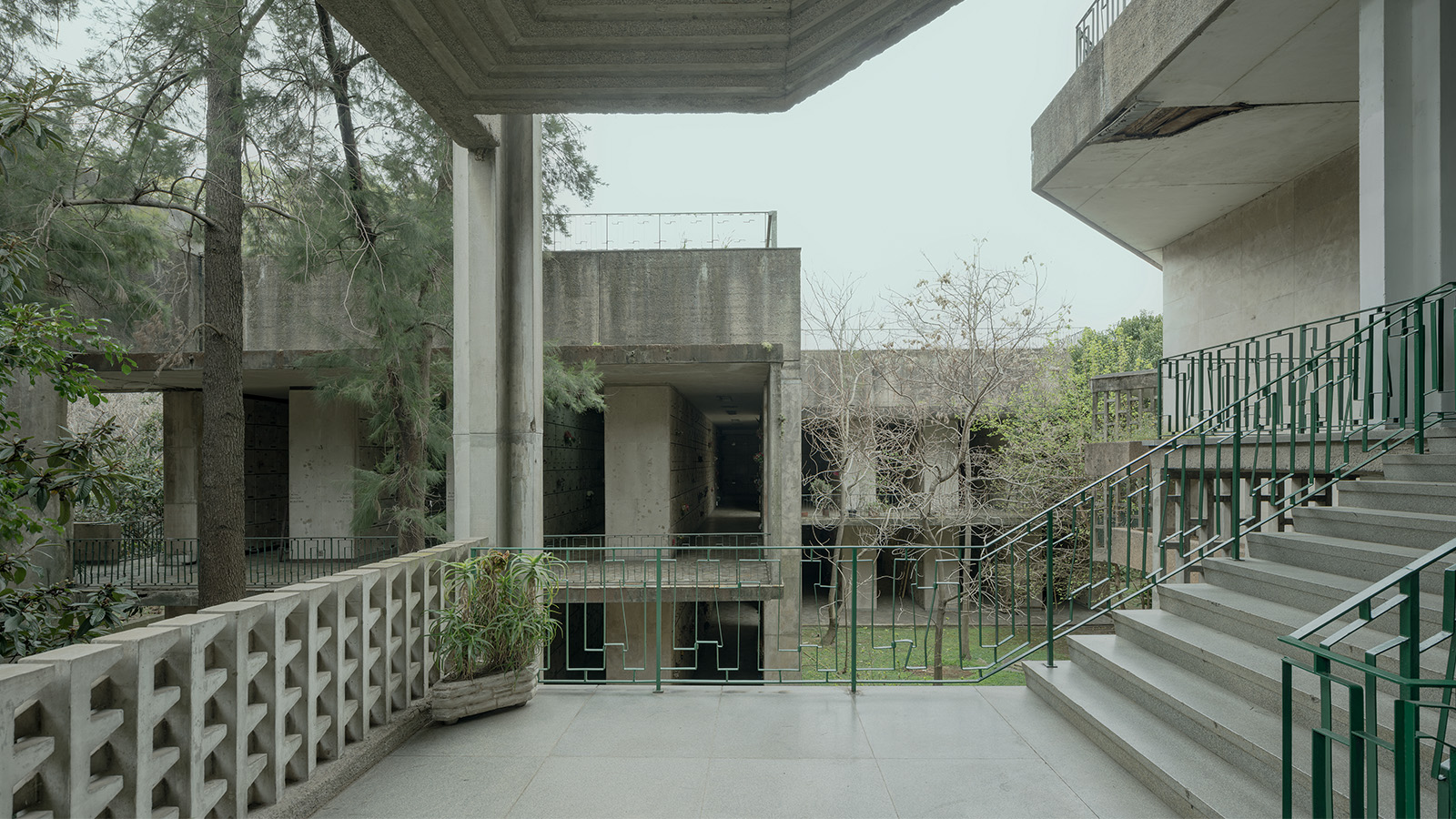
It's not every day that a book comes out on a brutalist necropolis; so when 'Chacarita Moderna' appeared in our inbox, we stood up and took notice. The publication, out this month by Building Books, is the brainchild of French architect, researcher, and curator Léa Namer, who came across the brutalist architecture site of the Sexto Panteón necropolis during a visit to Buenos Aires in Argentina ten years ago. When she found out the author of the scheme within Chacarita cemetery was one of Argentina's first female architects, Ítala Fulvia Villa, her interest was piqued further. The idea of a book on it was soon born.
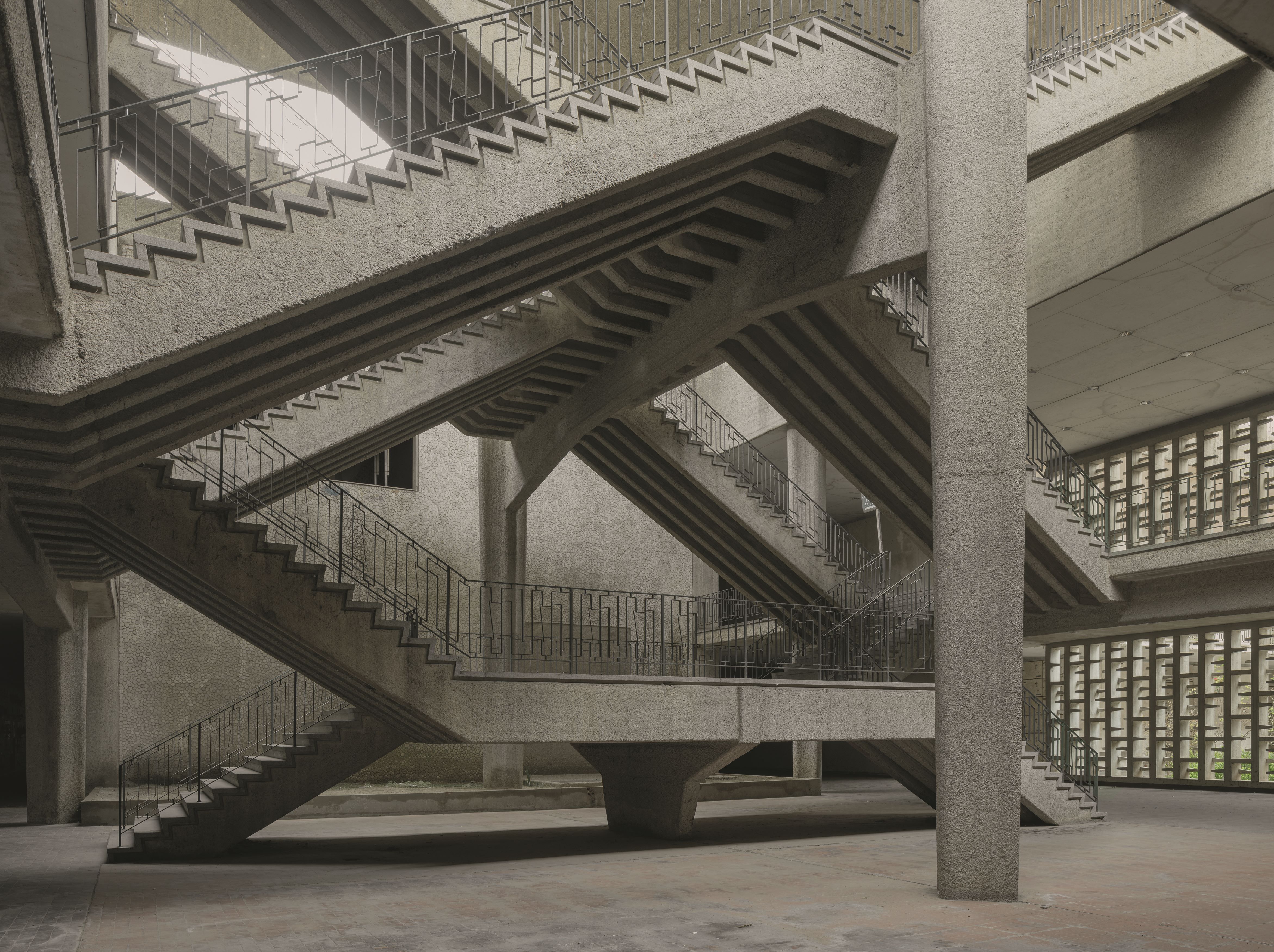
'Chacarita Moderna': explore the brutalist necropolis of Buenos Aires
Namer recalls of her first visit there: 'In 2014, a French architect friend introduced me to the Sexto Panteón. I was returning to Buenos Aires after having done a university exchange there a few years earlier (2010-2011). I still vividly recall the first time I descended the stairs into that underworld. With images of Greek mythology in my mind, I felt like Orpheus entering the depths of Hell.'
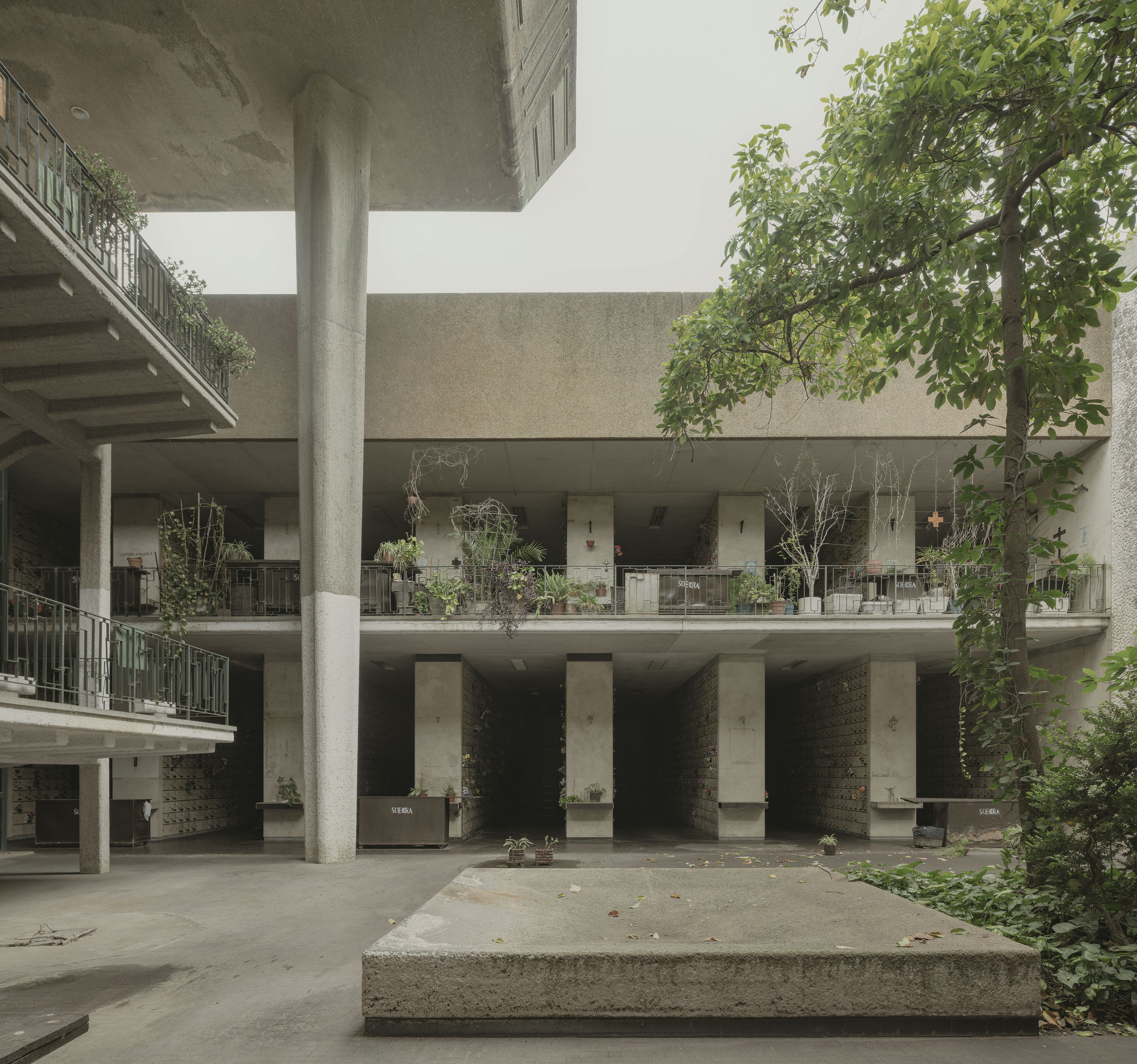
'The experience had a profound impact on me. I was deeply moved by the brutalist funerary aesthetics of the necropolis, the prevailing light and silence in the subterranean world who appeared to me like a modern reinterpretation of the roman catacombs. Leaving the cemetery, I felt shaken. In all my architectural visits and travels, no place had ever evoked such emotion in me. I sensed I had discovered something significant and had the strange intuition that this discovery would change my life.'
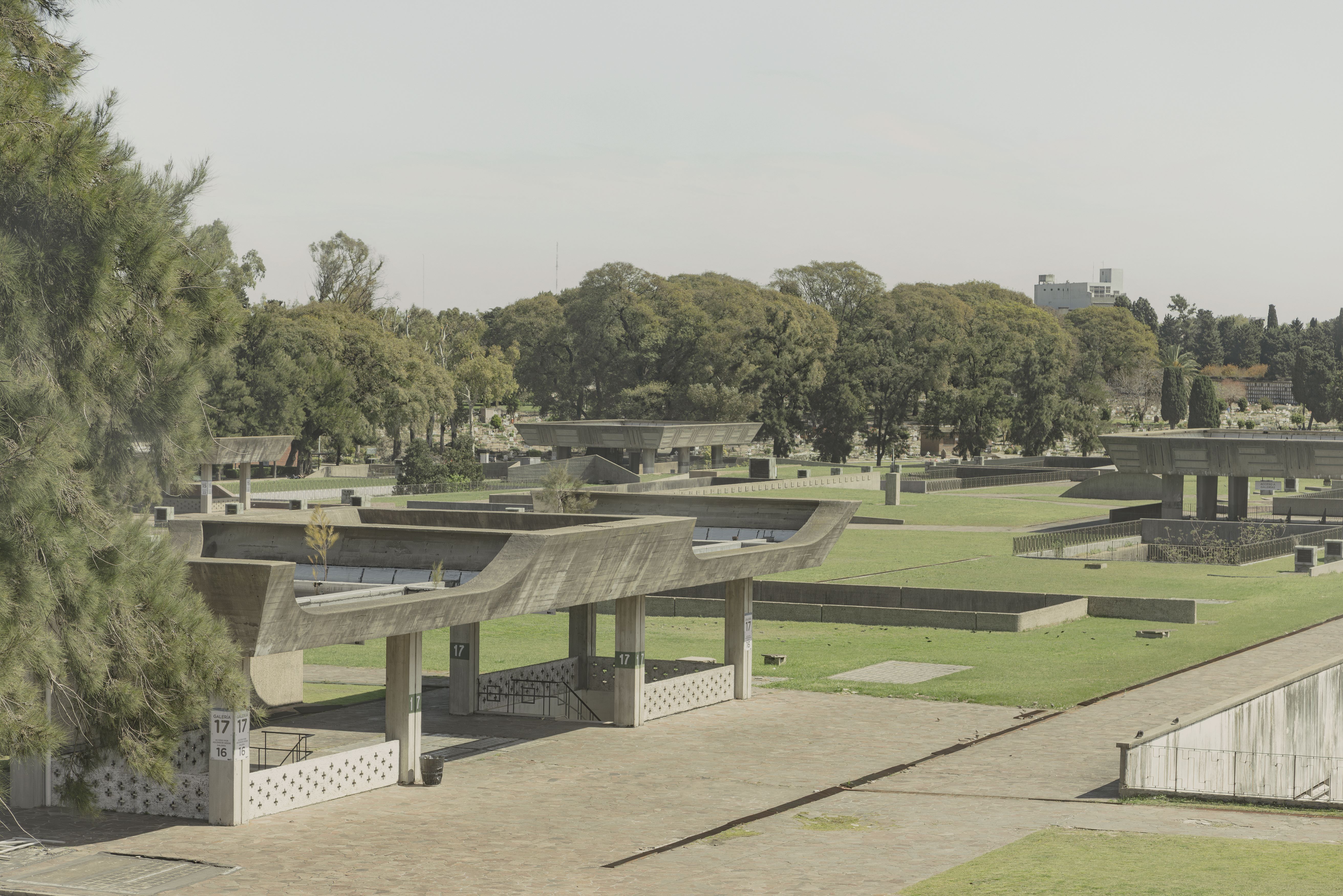
Sexto Panteón was built in 1949 in the Argentinian capital, as an underground necropolis containing 150,000 burial plots. Crafted out of textured concrete and stark, sculptural volumes dug out of the earth and set among greenery, this is claimed to be the first and largest experimentation of modernist architecture in its typology - and yet it remains largely unknown.
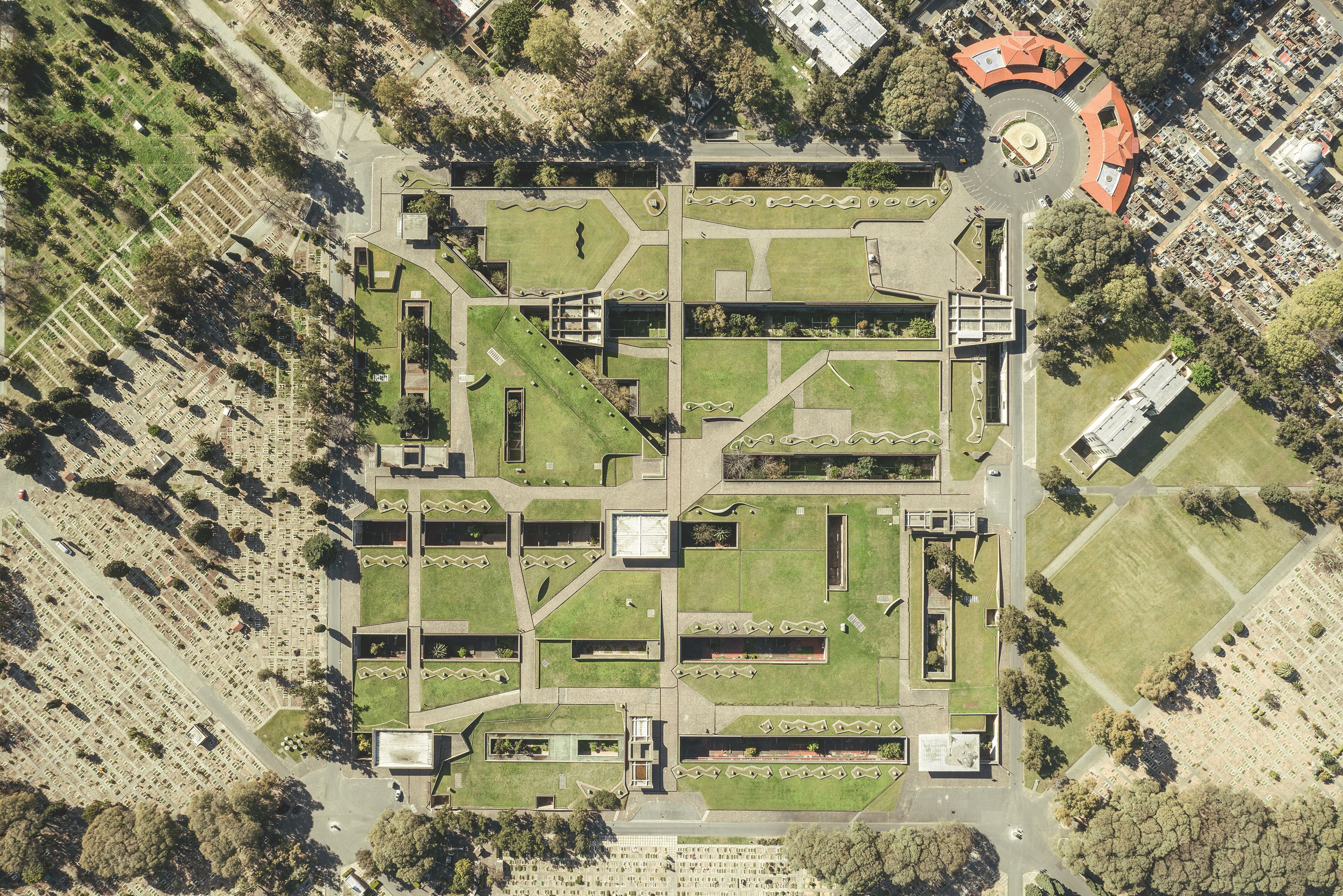
'What surprised me most about the Sexto Panteón was my belief that I had discovered the most significant piece of modern architecture in Argentina, yet no one seemed to know about it—not even my circle of Argentinian architect friends. The few who did recognize it didn't seem to find it particularly interesting,' says Namer.
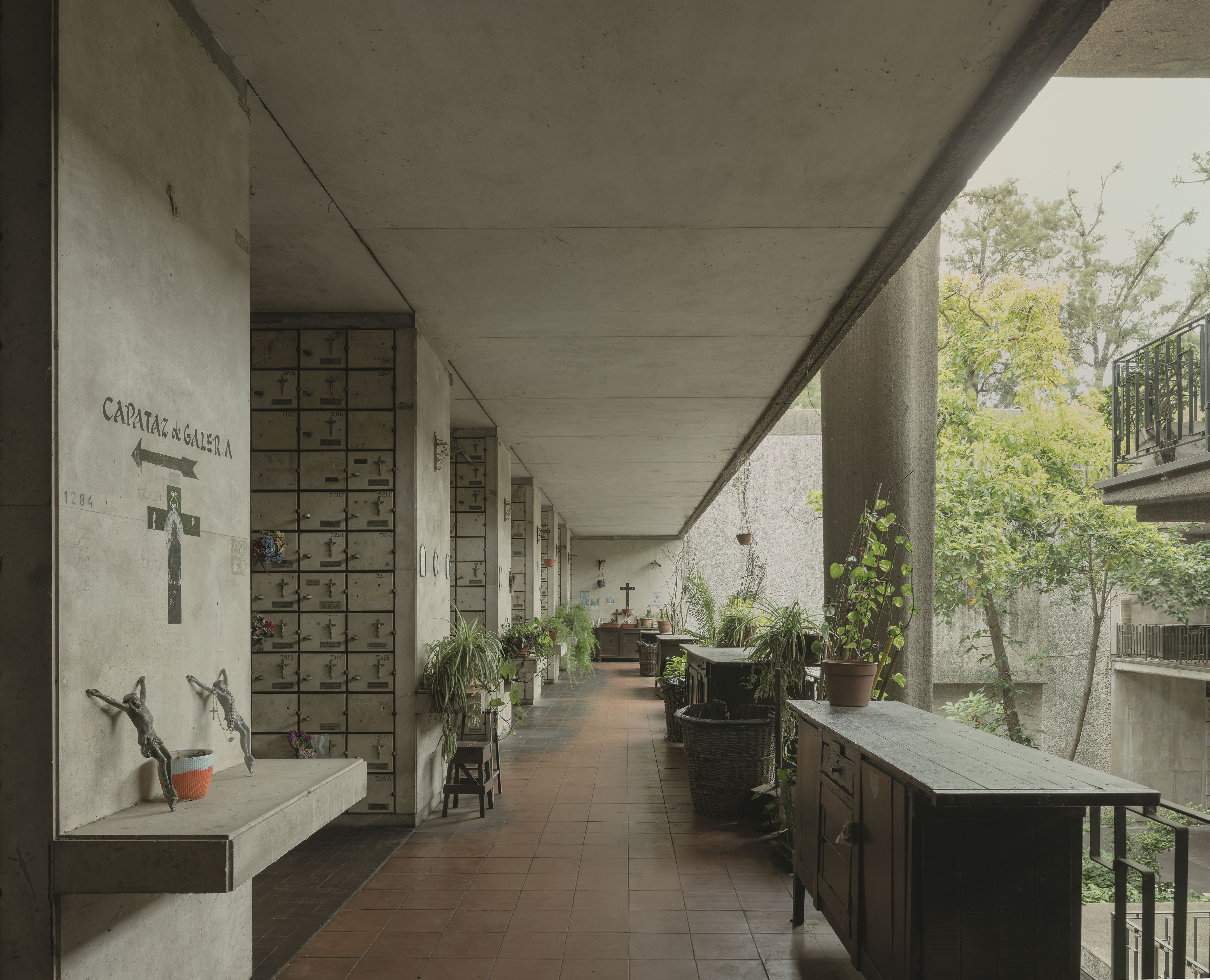
'I began searching for information on the building and its architect, finding only a single publication. I was astonished to discover the name Itala Fulvia Villa, who I later learned was one of Argentina's first female architects and urbanists. It had never crossed my mind that such an incredible building could have been designed by a woman!'
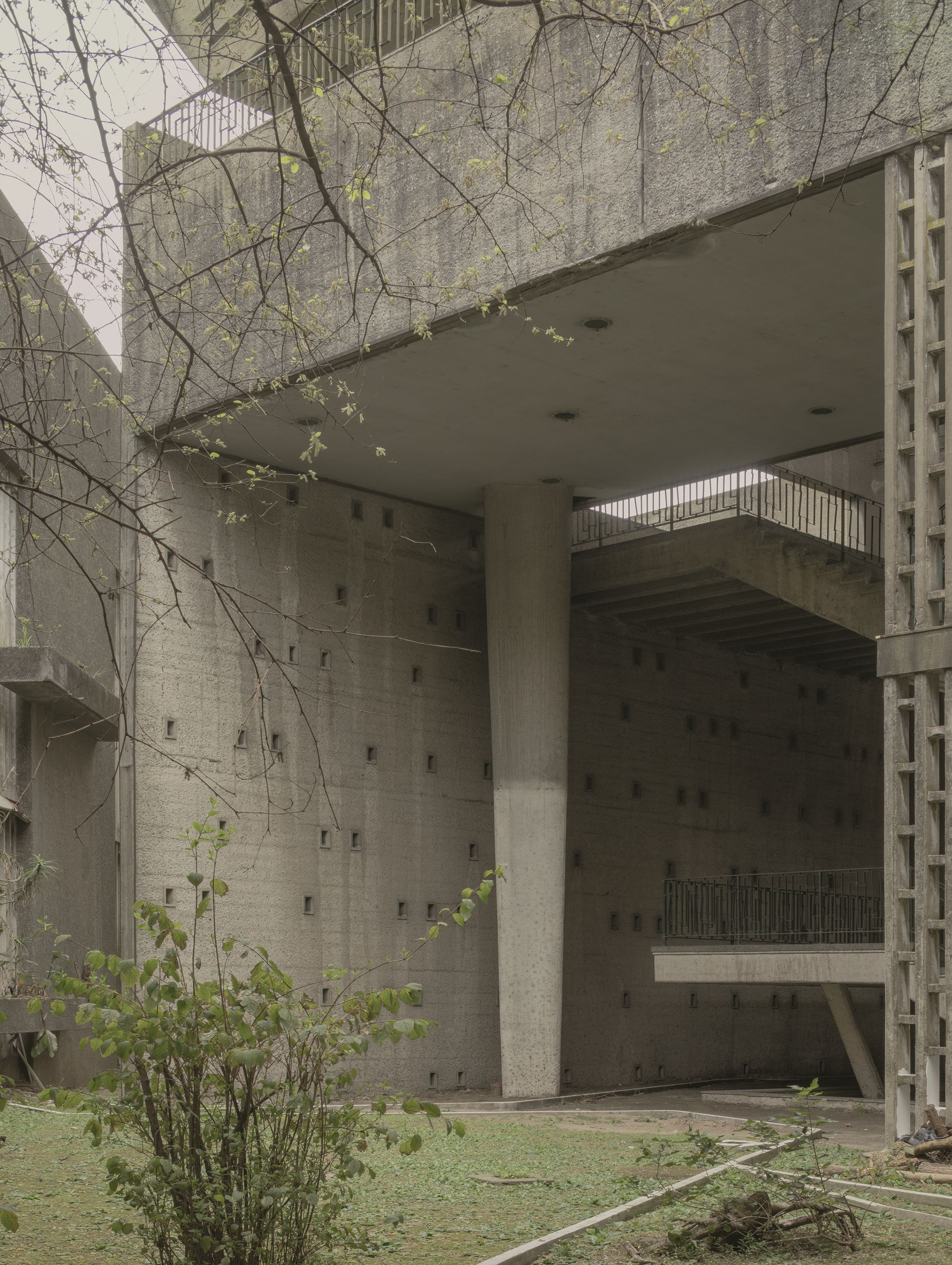
Villa (1913-1991) was a pioneering architect and urban planner from Argentina, who contributed to Le Corbusier’s master plan for Buenos Aires. Through her work, she introduced modernist teachings to her South American context, creating its regional interpretation. The book, which also contains texts by Ana Maria León, and photography by Federico Cairoli, and was supported by a grant from the Graham Foundation for Advanced Study in Fine Art, is a luxurious and information-rich publication on the project, its architect and its historical context.
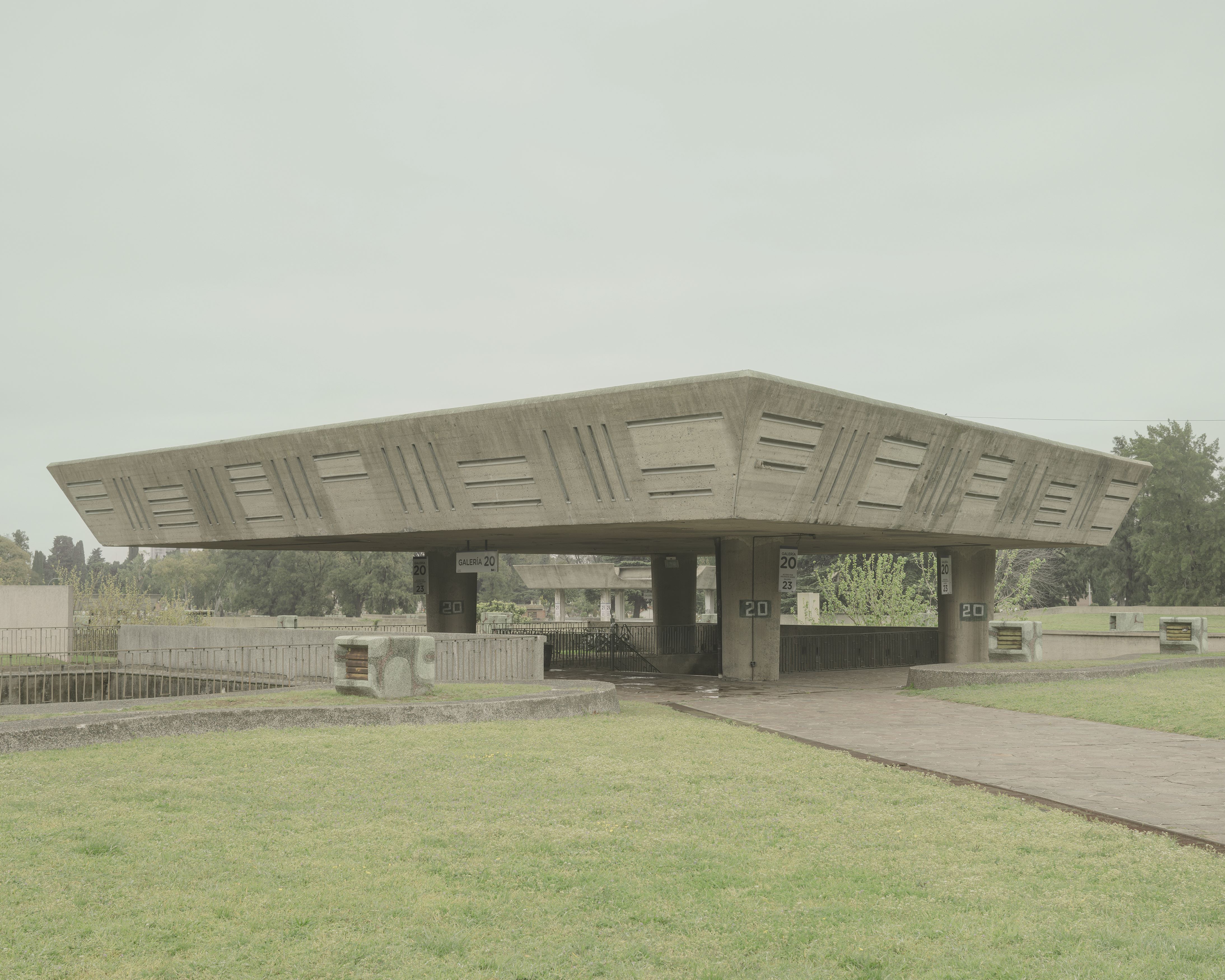
'As detailed in the chapter "Letter to Itala" of the book, my investigation about the Sexto Panteon and Itala Fulvia Villa has been filled with surprising discoveries over the ten last years. Last year, while the idea of book was already launched, I had the opportunity to explore a new archive in Buenos Aires, the Archivo Alquilino Lopez, which included photographs of the construction site and a sketch of the project I've been looking for years,' Namer adds.
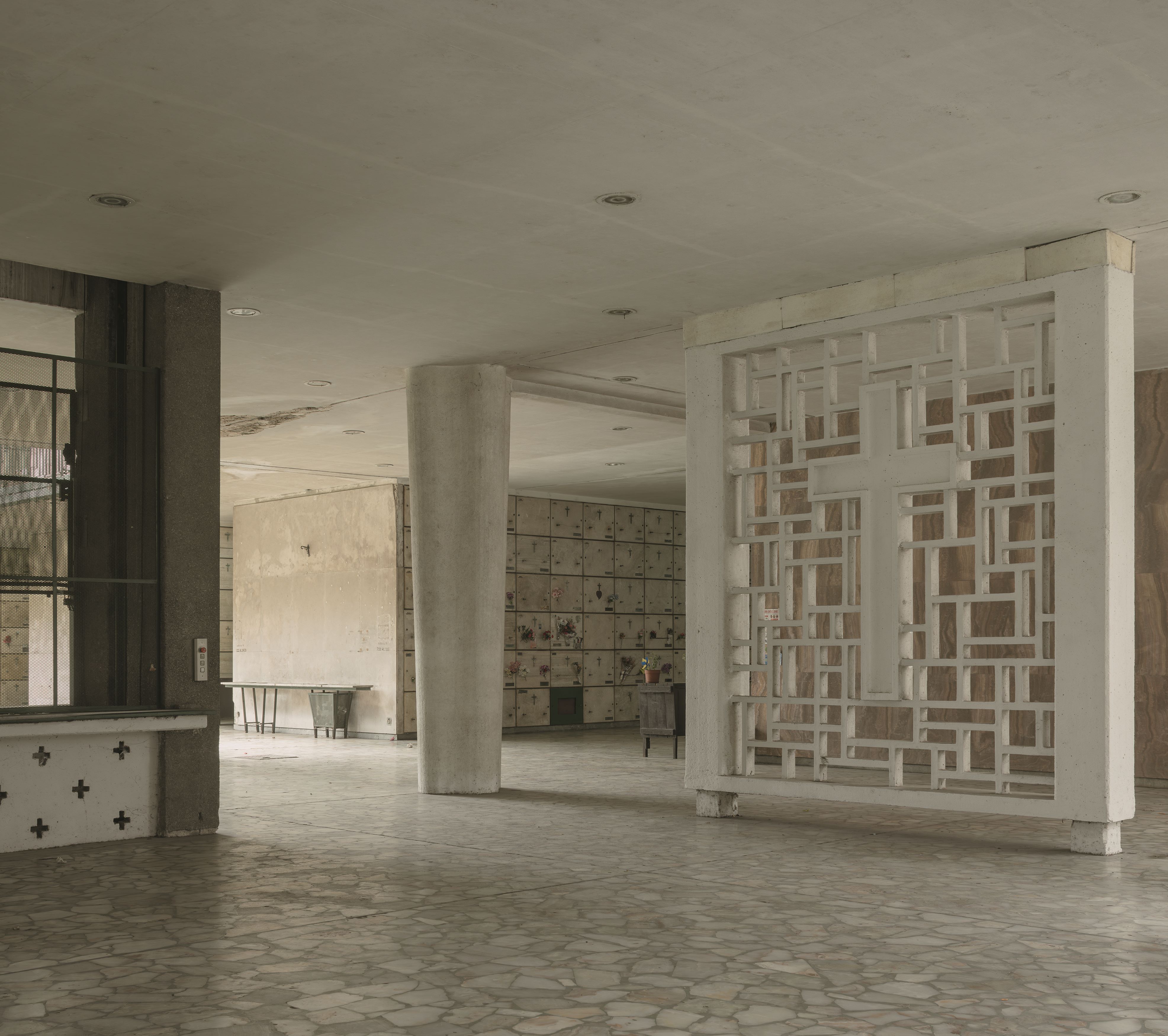
'Overall, I think the most rewarding aspect of compiling this book has been realizing the international interest it attracted. A French publisher, Building Books, was willing to support me on such a niche topic, and later, the American grant support from the Graham Foundation for Advanced Studies in the Fine Arts.'







